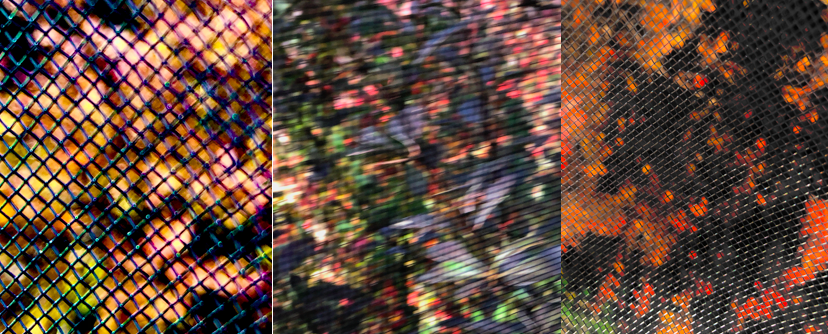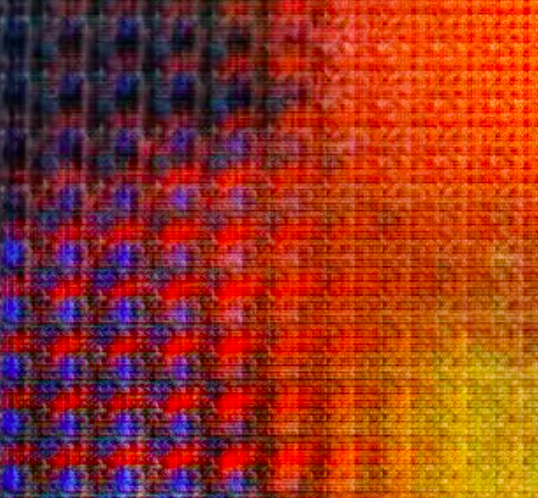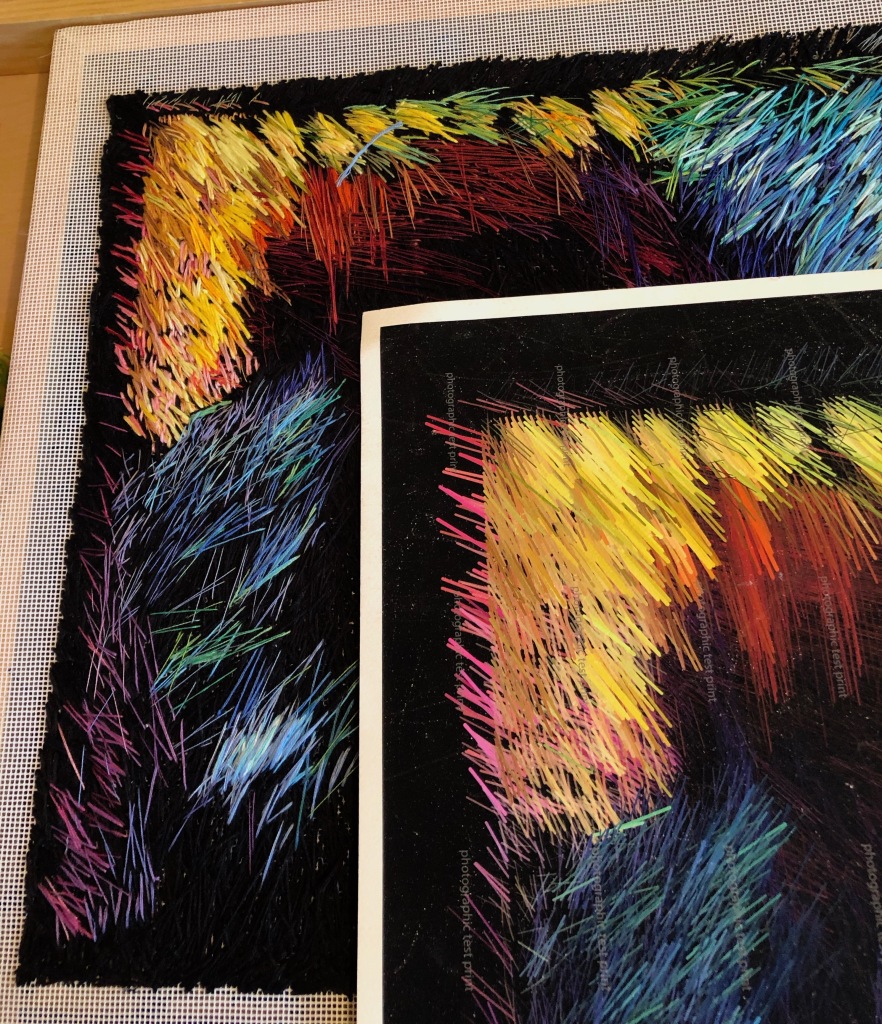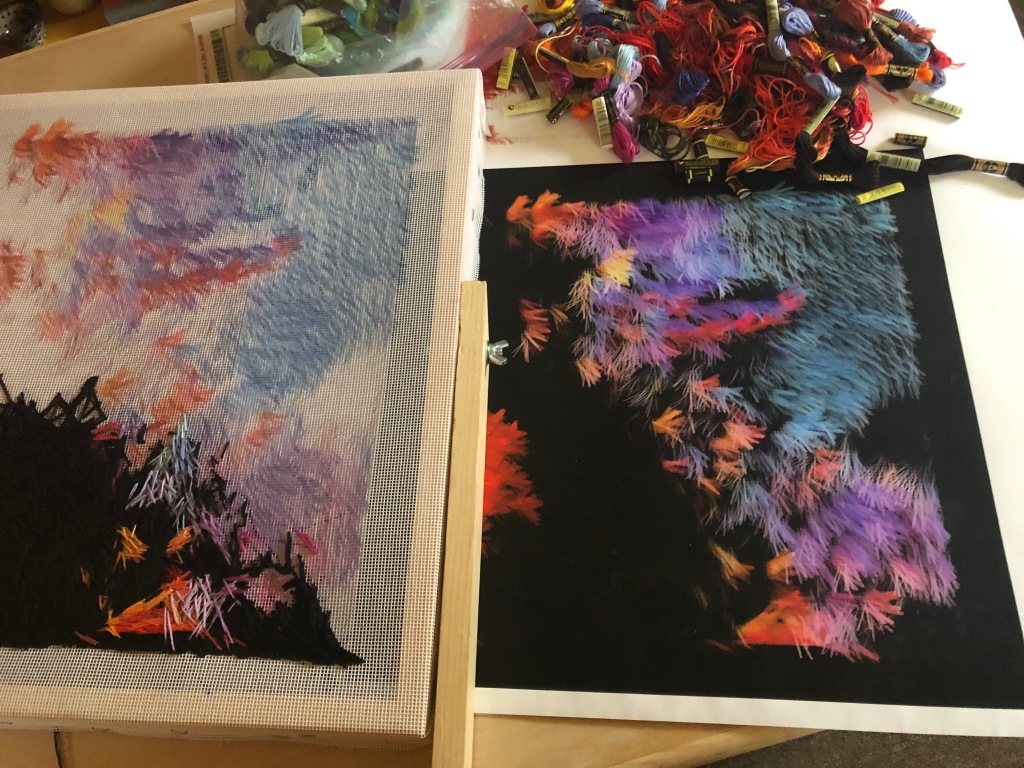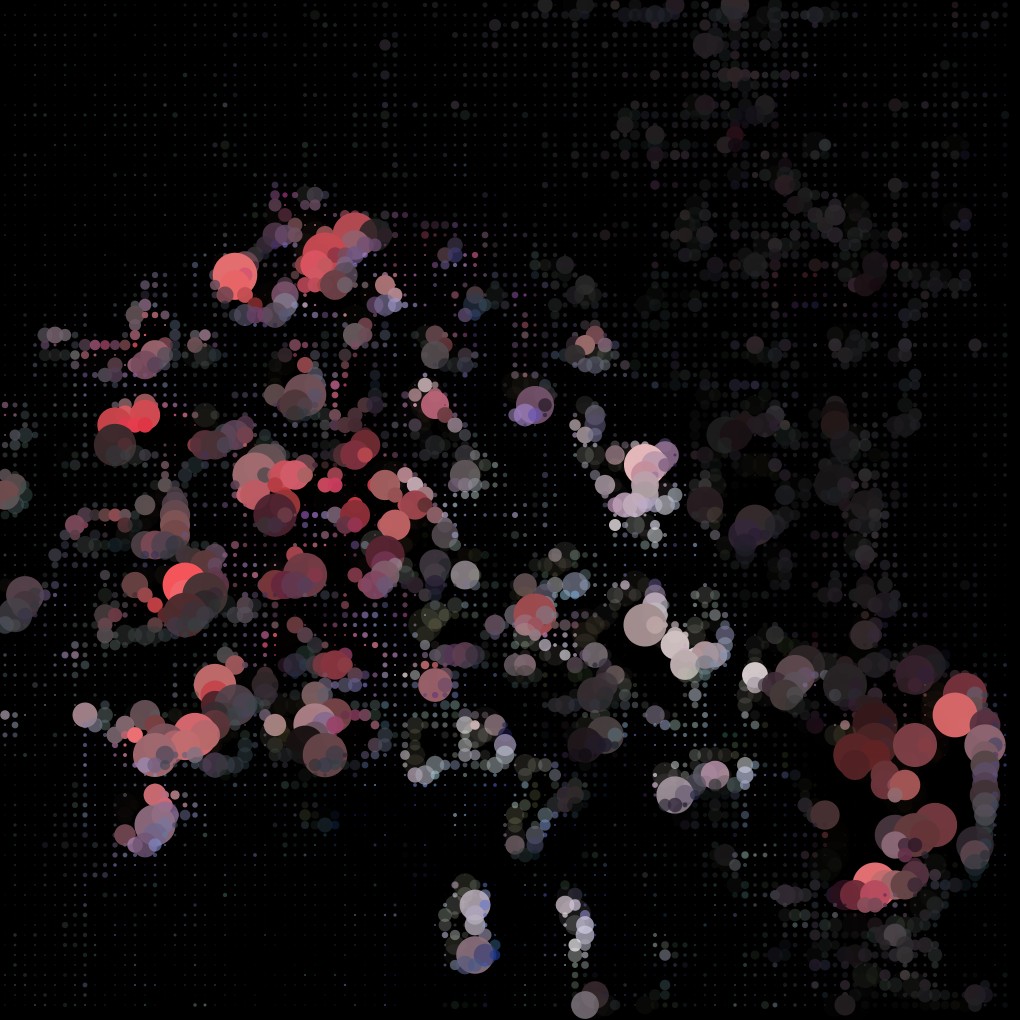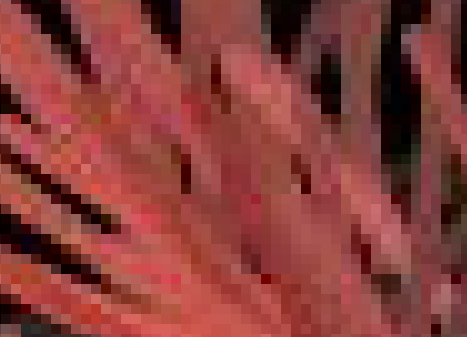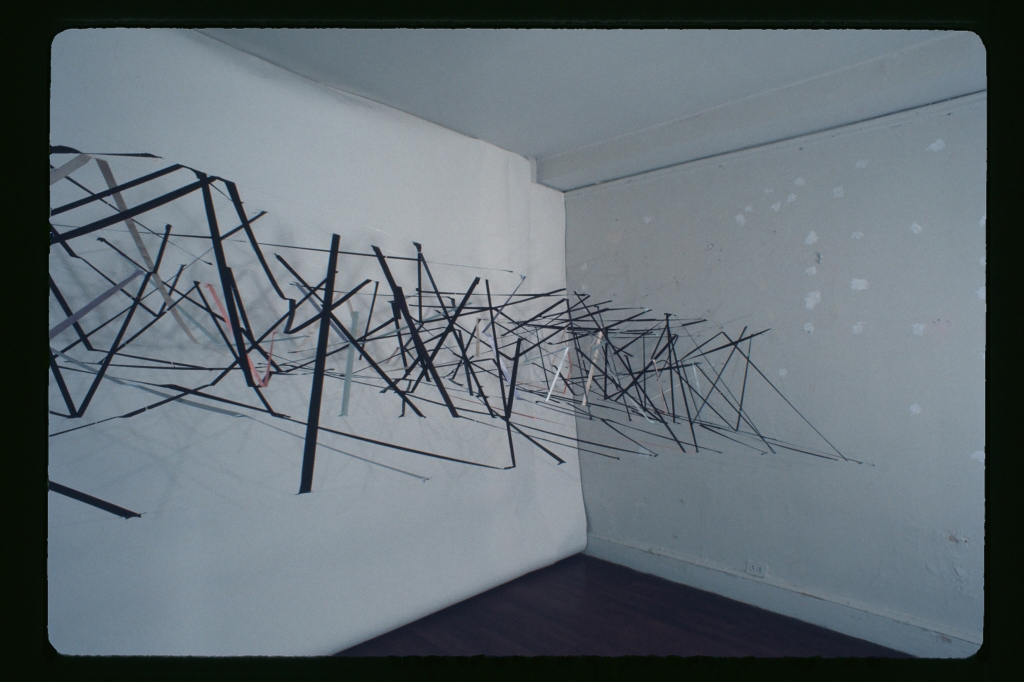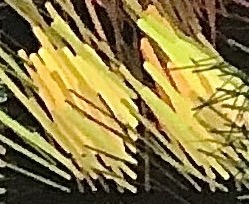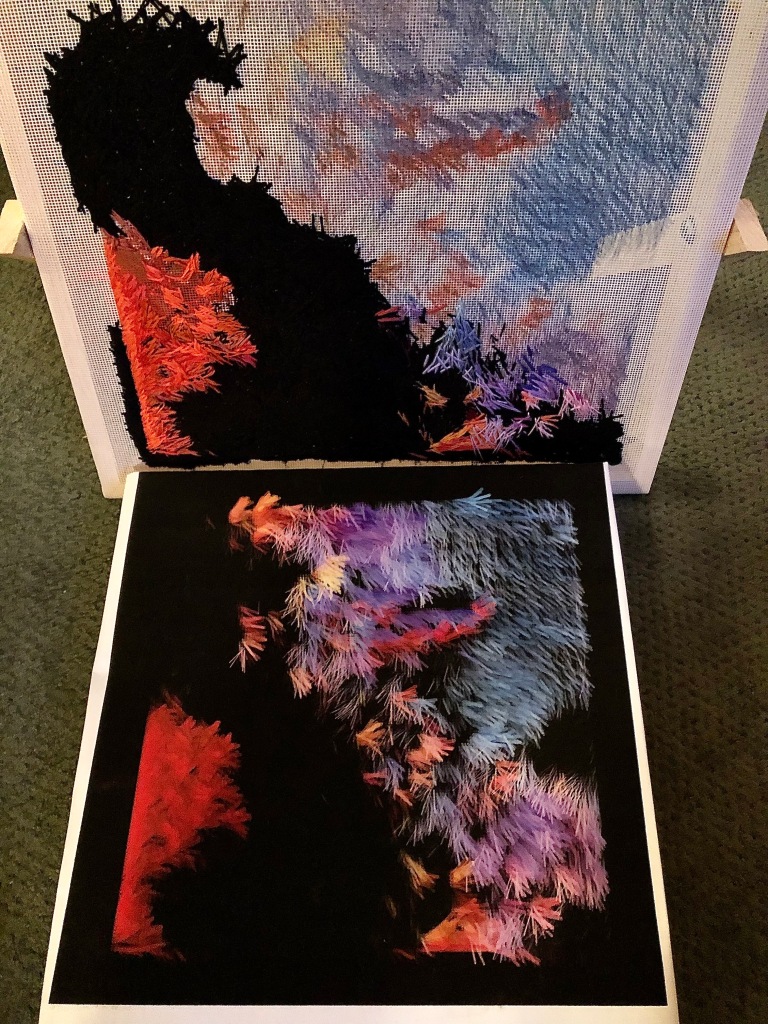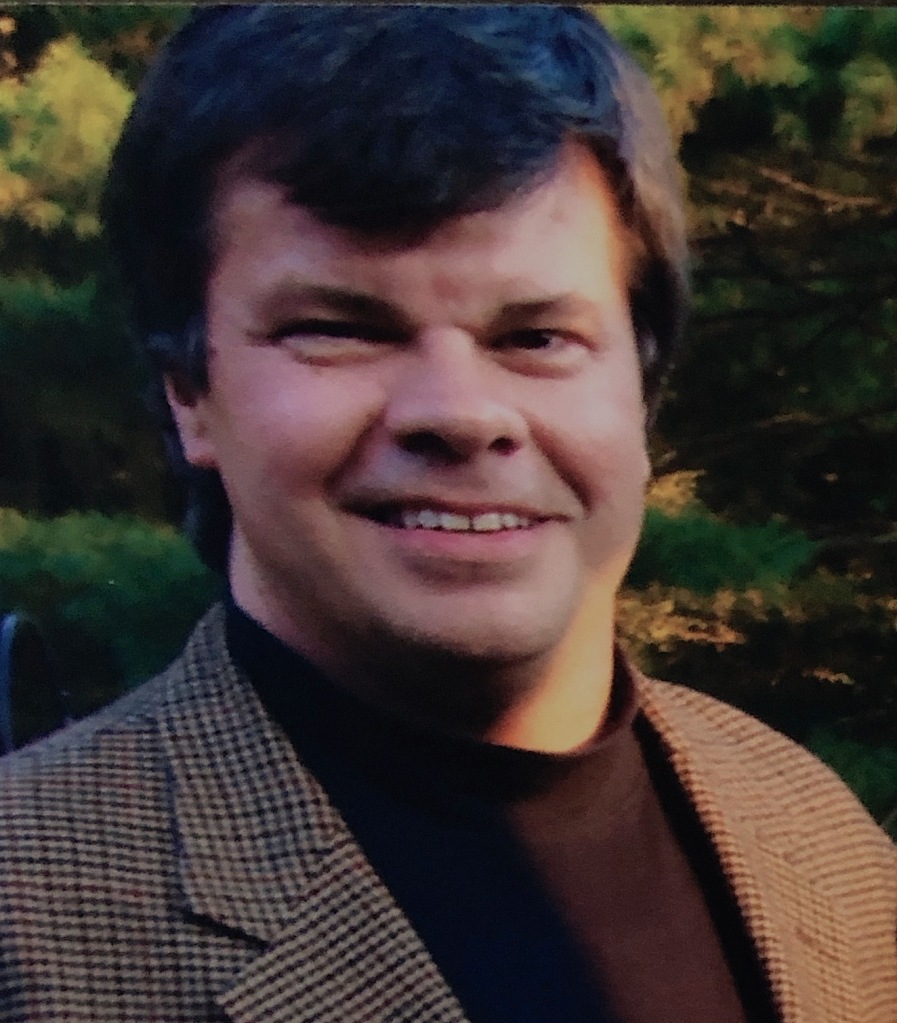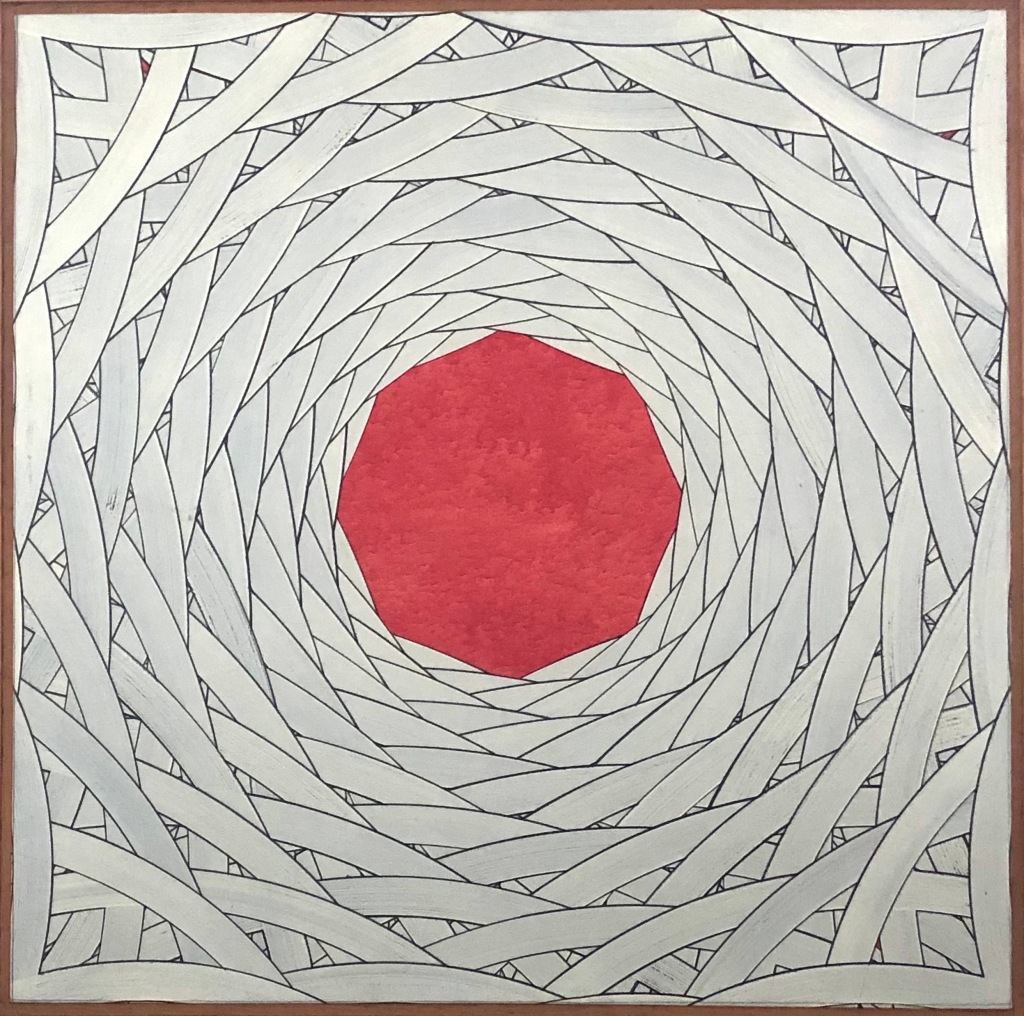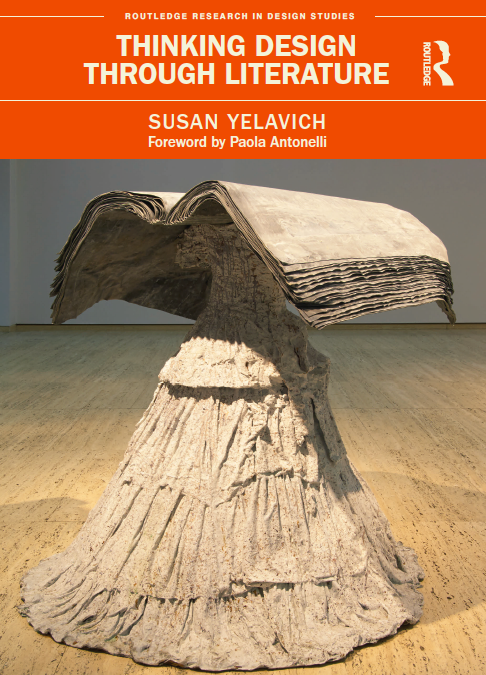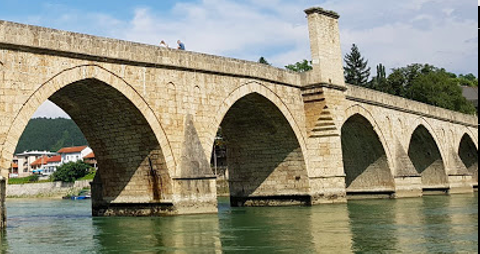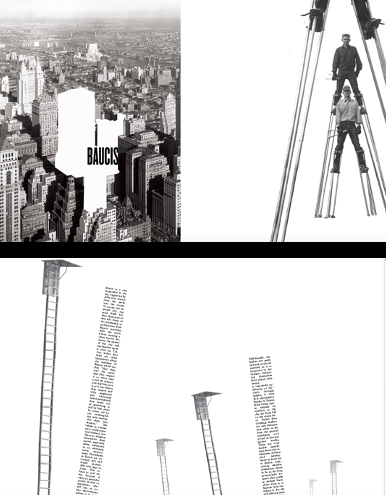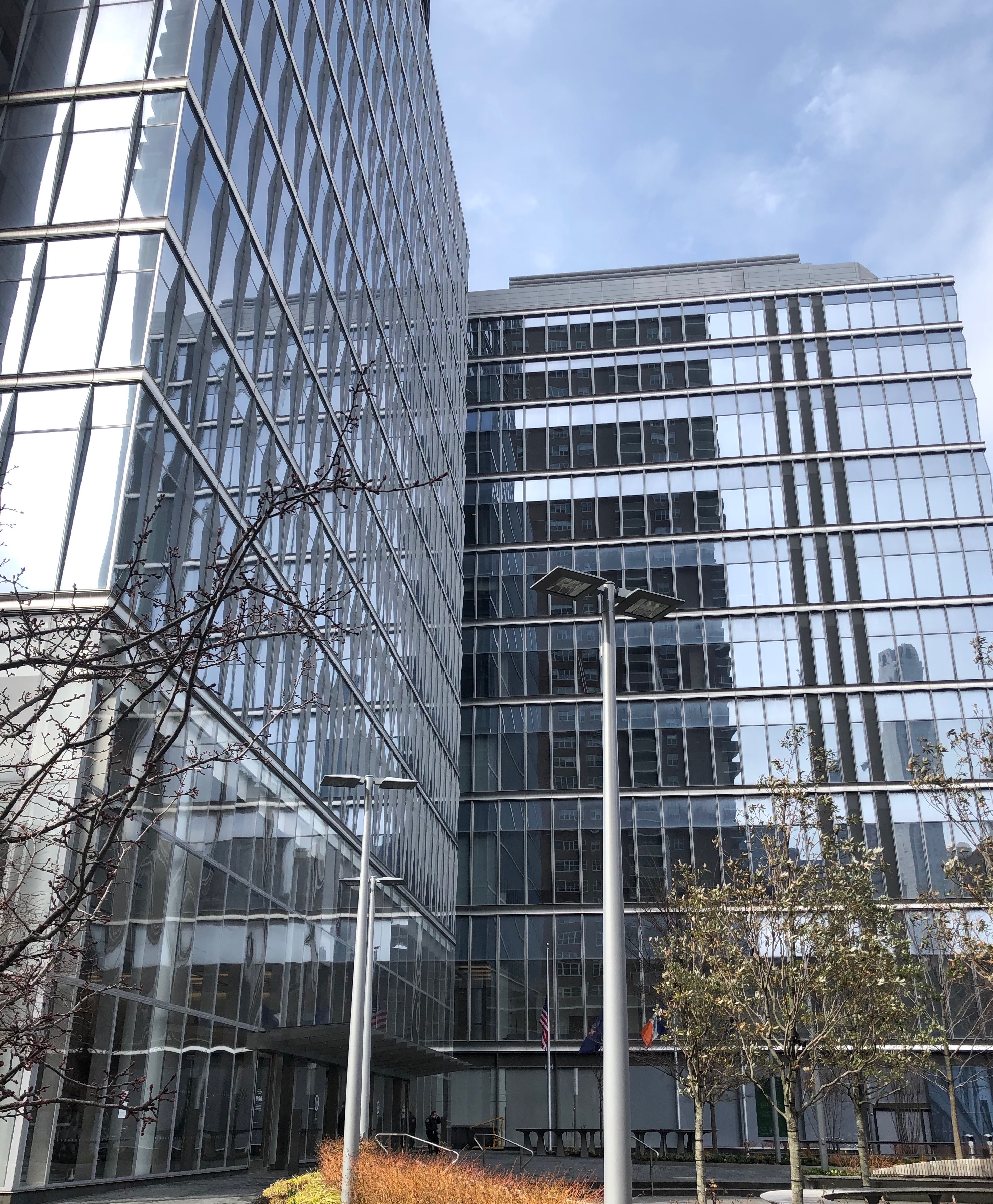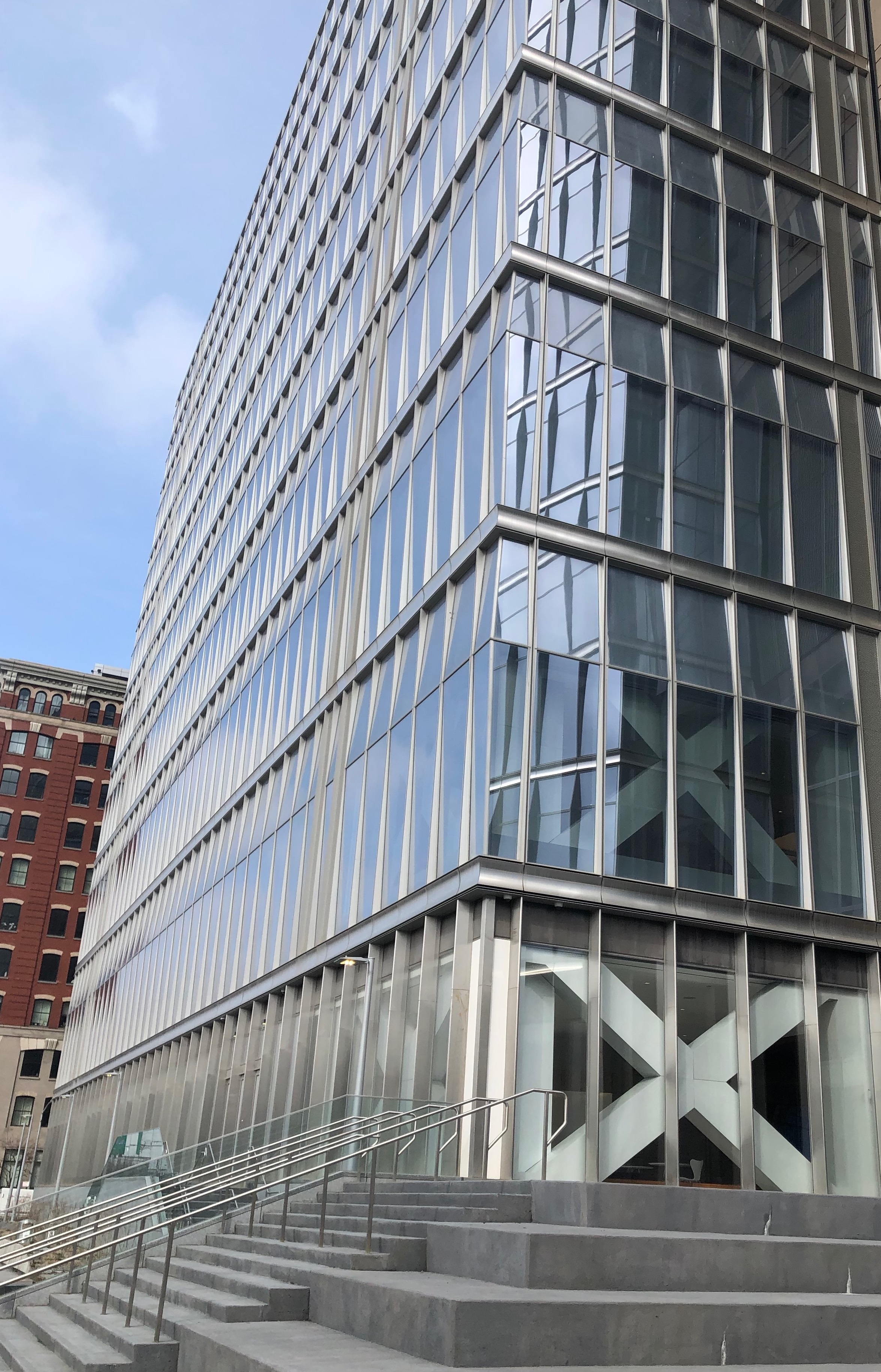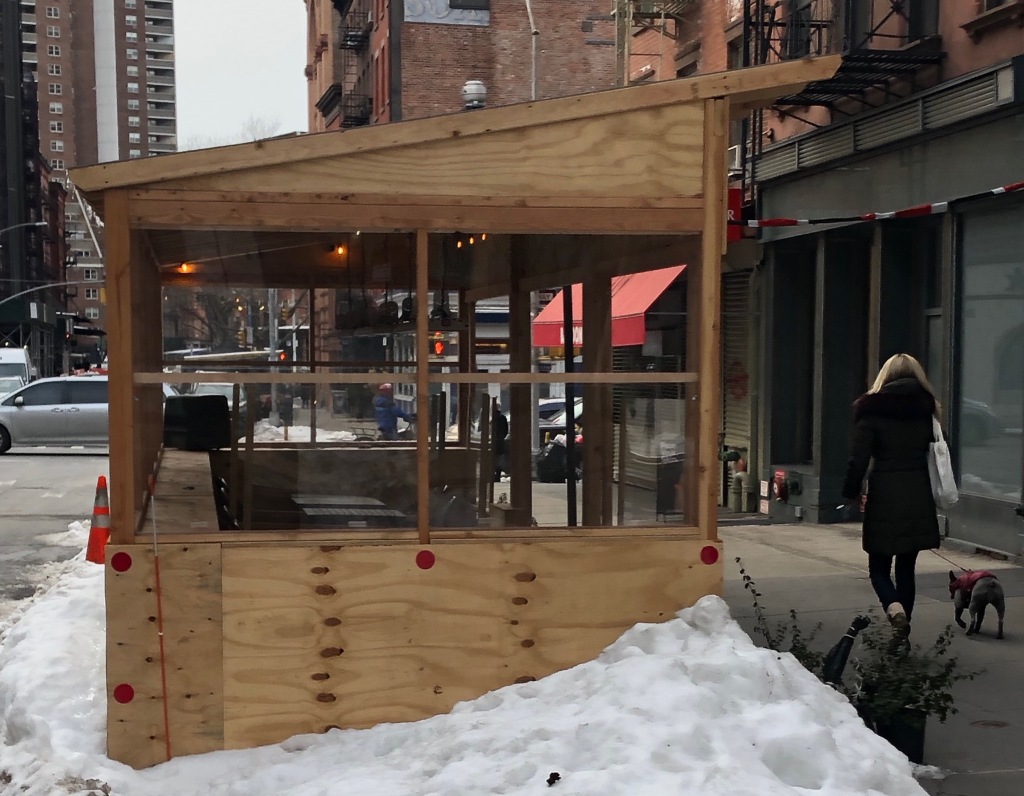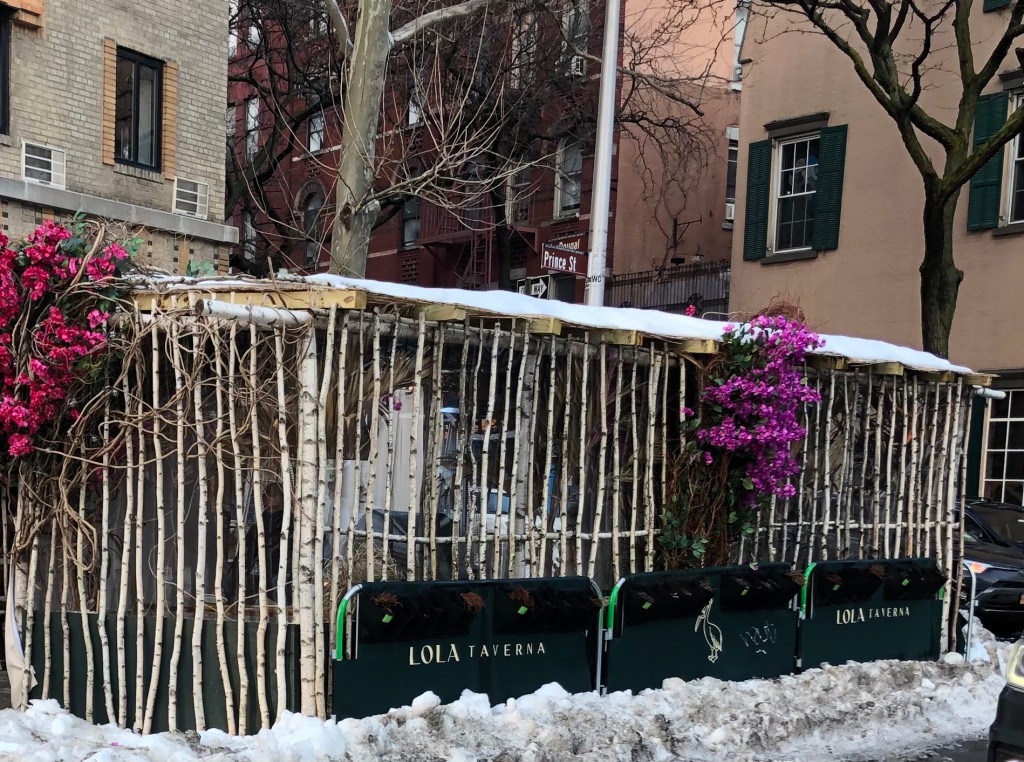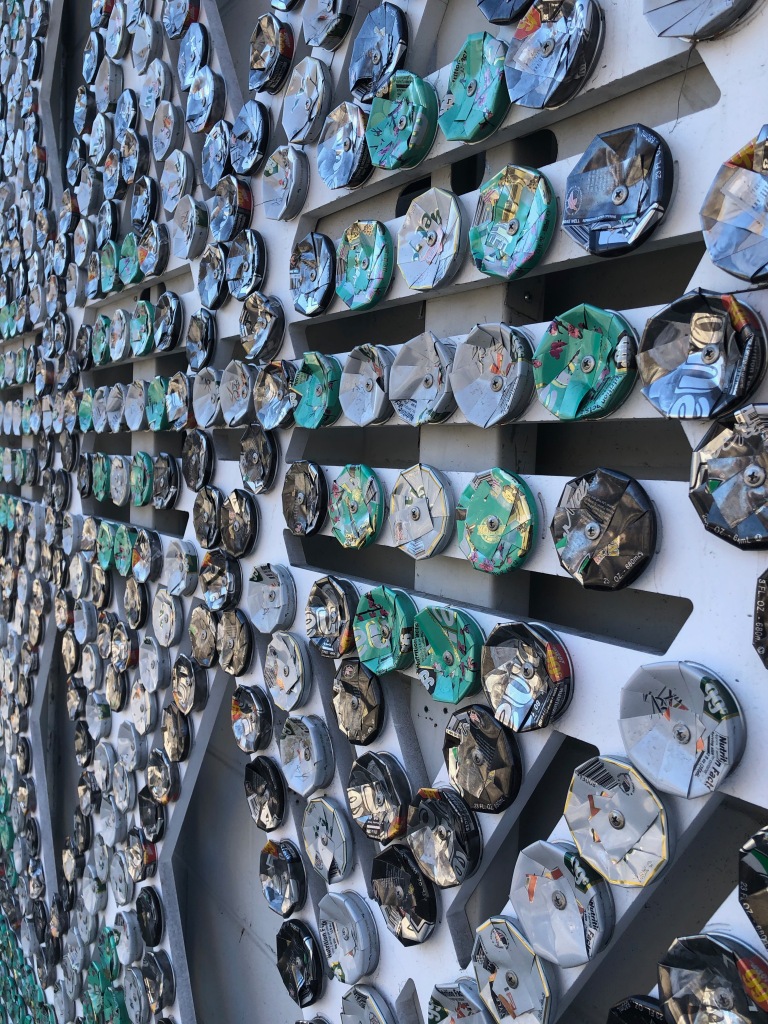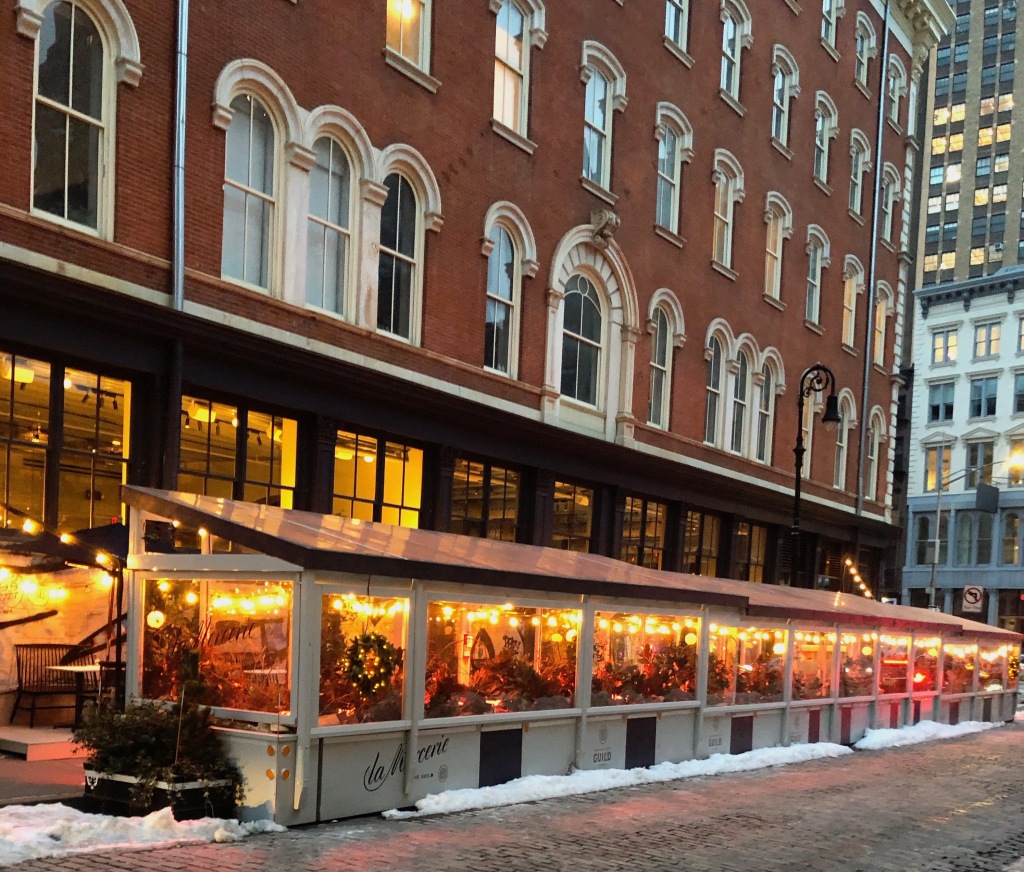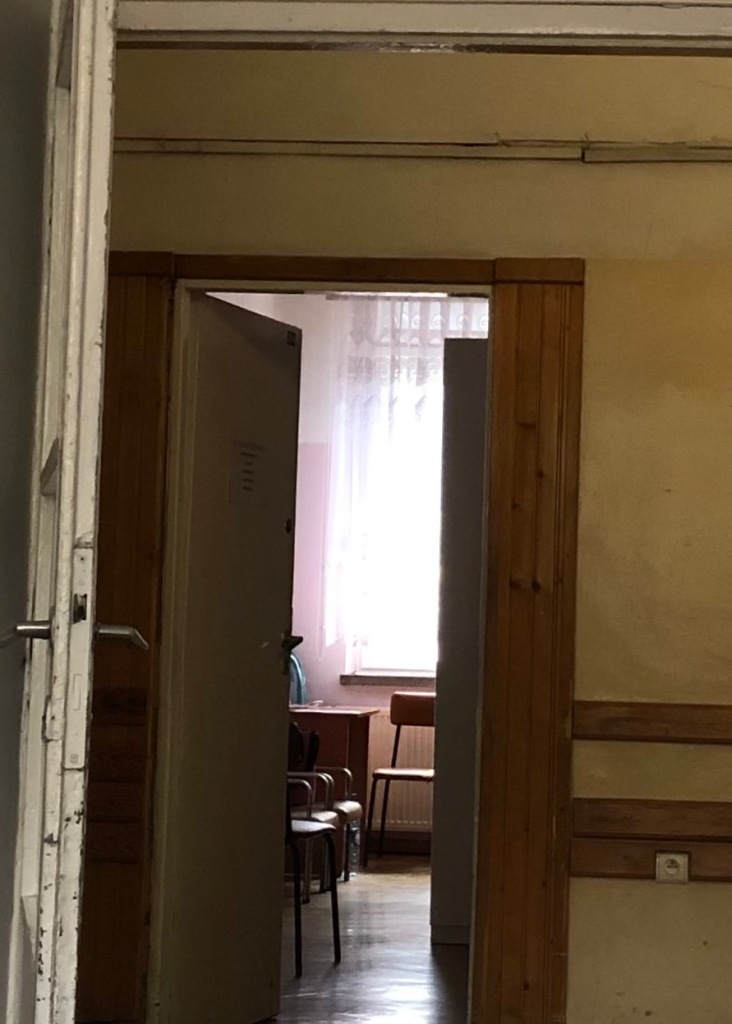
I should begin by saying that I like hospitals. I have fantasized about being hospitalized, preferably for at least a week. No one can ask you to do anything, food just shows up, and you get to spend a lot of time in bed. My idea of a guilt free vacation. Plus I’ve always prided myself on having a high pain threshold. But on a recent trip I was proved wrong. I’d travelled to Warsaw to speak at its Academy of Fine Arts and at the School of Form. Both of which are blameless for what happened to break my illusions of stoicism.
When you have the status of professor emerita, i.e., not quite fully in the game, it is gratifying to receive invitations to lecture and participate in conferences. It’s especially the case when the invitations come from Poland where I’ve been involved with various academic initiatives since 2013. Despite intervals of years, professional relationships with colleagues in Wroclaw, Poznan, and Warsaw have developed into lasting friendships.

So it wasn’t a complete surprise when Magda Kochanowska, Head of Design at the Academy of Fine Arts in Warsaw, asked me to not only speak at the third FAIR Design Conference but to also serve on the conference’s advisory committee. No matter that the last time we’d seen each other was in 2015 at the first conference she convened. (This time the theme was emotions. I chose laughter, and it would turn out that a sense of humor would come in handy.)
Knowing I’d be in Warsaw for at least a few days, I also contacted Jola Starzak, the Coordinator of the Design Program at the School of Form. Jola and I had taught together twice already in Warsaw in 2017 and 2018. This time she invited me to talk to her students about what I view as four basic ambitions of design—four things design hopes to do, each with its own set of values, each with its own historical trajectory.

So far so good. It would be a short trip—only four days—but they would be very productive. (Little did I know then that four days would become fourteen.) The lectures for Jola and Magda went well and I was really looking forward sitting back and enjoying the second day of the FAIR Design program. But it was not to be. On the way to breakfast in the hotel dining room, my shoe got caught on the edge of a stair and didn’t release. I apparently did a kind of strangled pirouette. With nothing to break my fall, I landed hard on my right hip. That’s when I discovered that bone pain is a whole other order of agony.
It’s also when I got lucky. Several of the hotel staff were trying to pick me up and ask me how I felt—in Polish, of course, which regretfully I don’t speak—when an English woman approached me and explained she was a nurse. Seeing that something was really wrong, she persuaded the hotel to call an ambulance and, much to my relief, explain to the medical emergency staff that I had to be put on a stretcher not in the wheelchair they were offering.
Unfortunately, I never did catch her name. But she was the first guardian angel of many who seemed to miraculously appear when I needed them. The second I did know: Ula Bzowska. Ula, the student assigned to make sure I didn’t get lost on the way to the conference, turned up at the hotel in time to ride with me to the hospital. I doubt she thought her hospitality duties would include listening to an American professor yelp and groan for the hours it took to get admitted to University Clinical Center of the Medical University of Warsaw, a.k.a., the Hospital of the Baby Jesus. (More on that later.) In any case, the pain medication they gave me was having no effect. Fluent in English, Ula was also my interpreter when I begged for morphine. (No dice.) She told me what the doctors were doing and told the doctors why I was there alone without family. The latter circumstance, as I would learn, was fairly unusual and not without consequence.

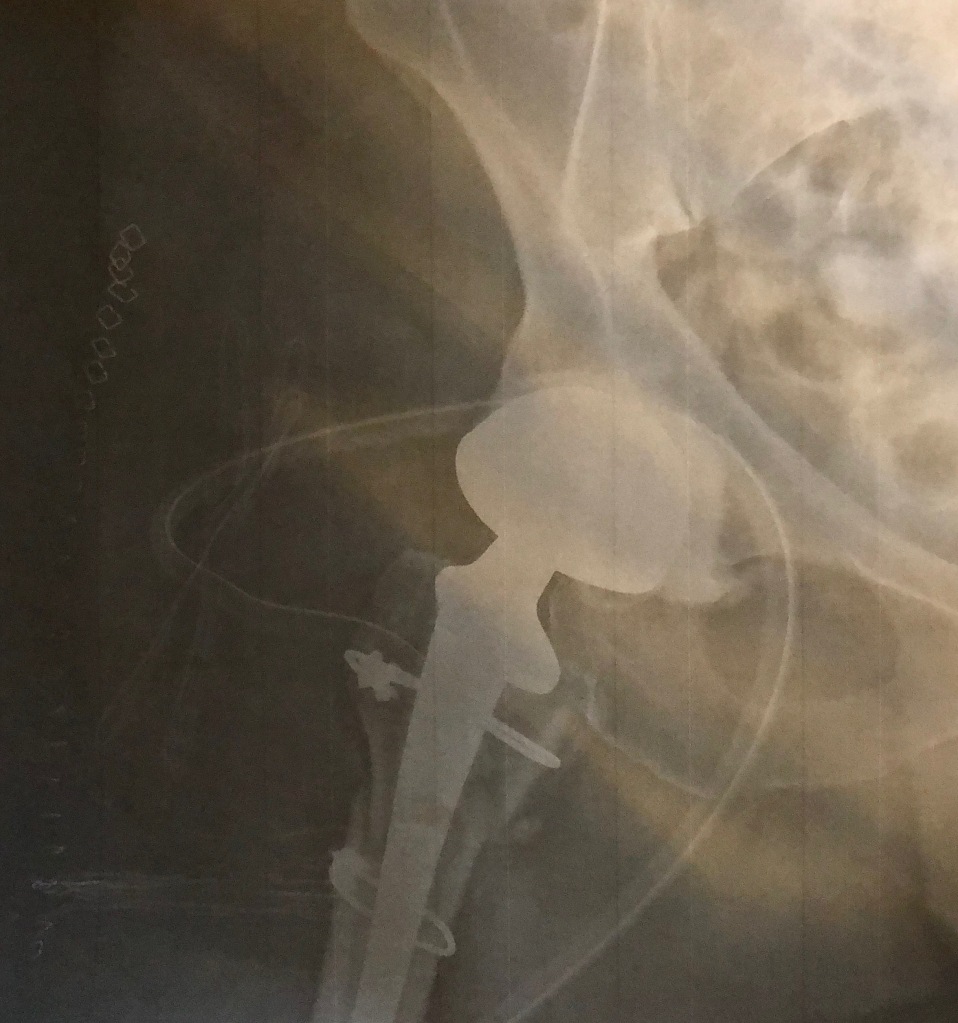
left: fractured
right: replaced
After they x-rayed me, I was told that the fracture was complicated and that to fix it a large pin would be put into my femur. When I woke up from surgery a full two days later—don’t have an accident on the weekend—a doctor told me that they decided against the pin. Like Humpty Dumpty, there were too many pieces to put back together again. But unlike Dumpty, I was made whole again with an artificial hip.
The next move involved transporting me from a subterranean recovery room to an eight-bed ward, where I was surrounded by other women who’d had more conventional hip and knee replacements. (Mine was a response to a trauma.) In the States, sharing a room with seven other fellow sufferers is rarely a welcome prospect. In Warsaw, I learned its advantages. It was like being in a support group with members who relied on smiles and gestures when words proved futile with me. They were apparently concerned that no family came to visit.
I may have been without family (my husband was at home installing grab bars) but I discovered that there were unexpected compensations to be had in being hospitalized in a post-socialist country. Even if I hadn’t studied the social dynamics of countries that were formally under Soviet dominion (like Poland), I am sure I’d have noticed that there was an entirely different culture operating in and around the ward I found myself in.
I sensed a lingering tendency to prize the group over the individual in the life of the ward—though not in patients’ respective medical treatments. For example, privacy was not especially valued. No modesty curtains separated beds. If they had, they would have inhibited the cross-bed conversations that went on into the evenings. I was happy there were no televisions (all tuned to different channels) but that didn’t mean that silence was especially important. Even if there had been a protocol of quiet, the hospital building itself would have made it moot. Built over a century ago, there was nothing to buffer the sounds of clanging doors or the choruses of conversation being conducted in the halls at night. Even the odd sleeping pill was no match for the hospital’s acoustic rhythms.
In general, amenities were scarce. Families are meant to take up the slack and provide things like bottled water, toilet paper, crutches, and pajamas, instead of hospital gowns which aren’t worn once you’re out of surgery. (I’ve since learned that this is not all that unusual in hospitals in southern Europe.) Fortunately, my suitcase had made its way from the hotel to the hospital, so pajamas weren’t an issue. However, the nurses did have to make an exception for toilet paper, as I hadn’t packed any in my luggage. And luckily, departing patients bequeathed their unopened bottles of water to newcomers.
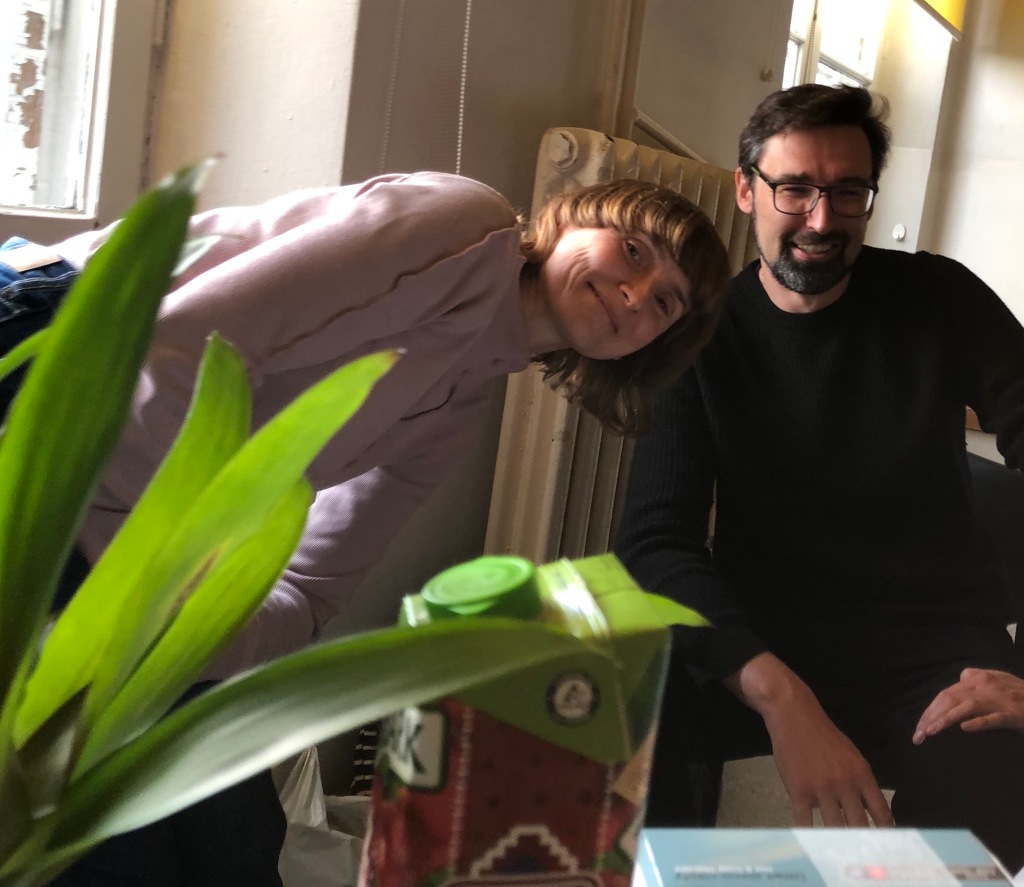
Over the course of my two-week stay (unimaginable in the U.S.), a surrogate family of colleagues and friends brought me both necessities and morale-building comforts. Jola brought juices and boxes of Ricola lozenges to keep me hydrated. Her visits also gave us a chance to talk further about her work as an architect and the possibilities of turning my lecture on design ambitions into a publication.
By sheer coincidence, my friend Pawel Pokutycki happened to be in Warsaw for a different conference. He visited several times, bringing a toothbrush from his hotel when mine disappeared, supplying me with health bars, and even a potted plant. Most critically, he replaced my iPhone cable with a longer one so I wouldn’t have to text holding the phone over my head. (The power adapter was plugged into a lamp fixture that was out of reach, making the task of recharging a major headache.) But mostly we had fun talking about each other’s design preoccupations.
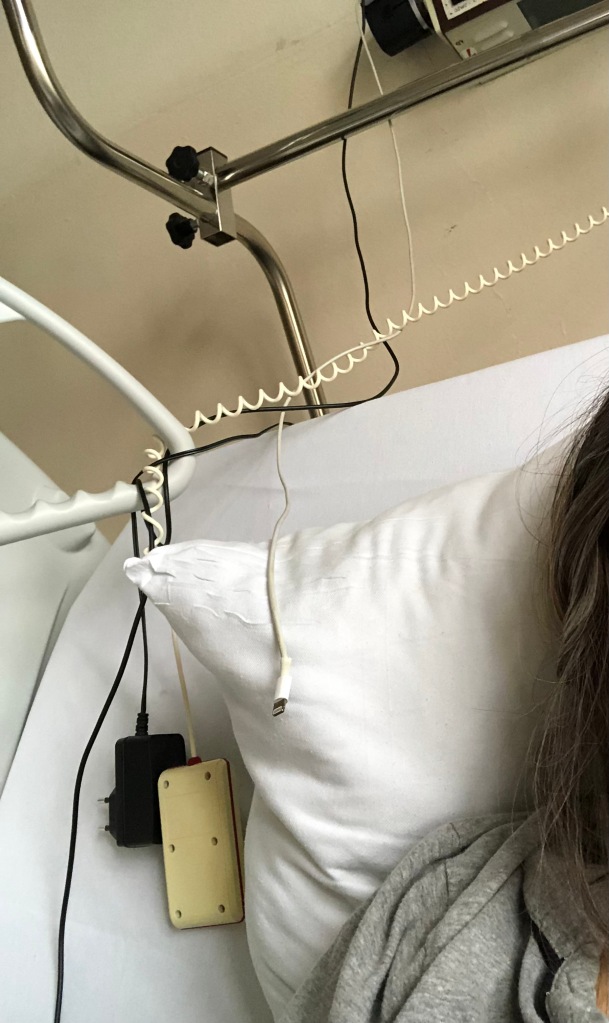
I was touched that Józef Mrozek brought me books and that Grzegorz Niwinski—Magda’s dean at the Academy of Fine Arts—also came to visit. As it happens, his son is a radiologist in the same hospital and he was able to reassure me that not only was I in the best hospital for a hip replacement but also that I had the best surgeon. Another stroke of luck.
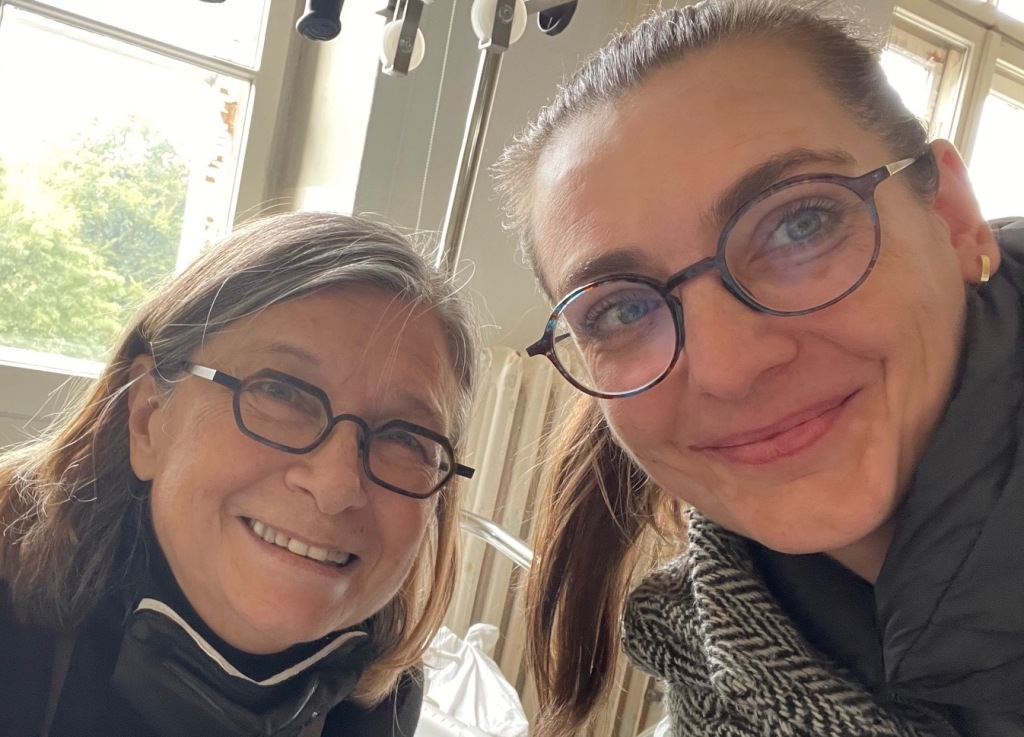
Magda was my most constant visitor. She went out and bought the crutches that the physical therapists insisted I use; she also filled my prescriptions and made sure I had my quotient of sweets, which were definitely not on the hospital diet. There was no jello, pudding, or sherbet on the menu; in fact, there were no menus. Unlike U.S. hospitals, nothing was even remotely consumer-oriented. This restraint, which I felt throughout Warsaw, could well be a function of the Polish economy, but I imagine it is also partly a hangover from the austerity of communist era, still in living memory for anyone born before the mid-80s.

Which isn’t to say that this is a culture short on indulgences. Hospitals may keep sugar out of their patients’ diets but not so the city, which boasts numerous bakeries and chocolatiers, like the renowned E. Wedel where I did have a rich cup of hot chocolate before my fall. On my birthday Magda brought me slices of cake from Blikle, perhaps Warsaw’s best-known confectionary. She also brought the best truffles I’ve ever tasted from Cukiernia Sowa. (That Cukiernia Sowa exists at all is a testament to the Polish love of sweets, as it opened in 1946 when was rare for the government to permit such private business ventures to operate and even rarer to find sugar.)

I don’t think I felt much pain after that. But when I did, I found another save: taking screen grabs of translations and showing them to my doctors and nurses—an additional reason to keep my phone fully charged, besides being able to talk to friends and family back home.

It was through one of those phone calls that I learned that a Polish-American friend and her sister were coming to visit. Kasia drove in from Zalescia bearing gifts of extra paracetamol and an ice block. Anna flew in from New Jersey. Anna was coming to visit family, cast her vote in the Polish election that ousted the right wing government, and to give mutual friends a tour of Poland. Luckily for me she was able to add a hospital visit to her already-packed itinerary and bring me something comfortable to wear on the flight home. Not incidentally, she also managed to get me a shower. Otherwise, I’m not sure they’d have let me board.
Two more local heroes deserve a mention before this saga ends at Frédéric Chopin Airport. The first was a young man named Yan who stepped in to translate when I came out of recovery. When I arrived in the ward I was barraged with questions impossible for me to answer. Yan, who was helping a friend being discharged that day, explained he was in some kind of training program at the hospital. His interpreting skills couldn’t have been more welcome, as I was still a bit groggy from anesthesia and only able to say ‘thank you’ and ‘please’ in Polish. Yan, who I quickly learned was a missionary, came back for another visit. In other circumstances I would have directed the conversation away from his vocation, but it seemed only fair to ask him about it in return for his kindness. As a parting gift, he gave me a lenticular vinyl holy card with a shimmering portrait of Jesus, probably hoping I would return to the fold. I still have it somewhere.
The second person of note was a nurse named Elzbieta. Her English was precise, and when it wasn’t she queried me about grammar and usage. We were equally curious about each other. I learned about her interests in cycling and other outdoor activities and she learned how much I loved cities (and walking not running). We also compared our reading preferences, which, among other things, led to a curious exchange on the day I left the hospital. It went something like this:
Elzbieta: You Americans are direct, no?
Susan: You could say that.
Elzbieta: Well, then. I know you are Christian but are you Catholic?
Susan (biting her tongue from asking how she ‘knew’): I’m culturally Catholic.
Elzbieta: Well, I’m wondering if you’ve ever read Hans Kung.
Susan: Actually, I have. Years ago. He is an impressive theologian.
Susan: Have you read Simone Weil? Weil was profoundly religious, though never baptized. You might find her interesting.
Elzbieta: No, I haven’t. Can you spell her name?
And then it was time to leave. I still wonder why Elzbieta waited more than two weeks to query my religious literacy and can only conclude it was a parting gift. Perhaps it was another attempt to cajole a stray lamb back, this time taking a more cerebral tack. (She gave me no holy cards, though when I got home I discovered that someone put a broken rosary in my luggage.) In any case, I would have welcomed the chance to talk further. But by then the ambulance had arrived and it was time to go.

Magda, who had no intentions of letting anything prevent me from getting on a plane (she must have been counting the days), arranged for a medical transport to the airport, a.k.a., an ambulance. It was a luxury only matched by the business class seat, which I splurged on so I could recline for the nine and a half hour flight. Recline and sleep. Magda made sure I had sleeping pills and painkillers to take the edge off.
Even a lapsed Catholic like myself might be tempted to concede that the special dispensations of grace (a.k.a., unexpected help) that I encountered during my stay might be attributable to the hospital’s namesake—the infant Jesus, or at least the faith that virtually everyone around me seem to have in him. What is certain is that I was the beneficiary of the parallel strands of mutual care that run through socialism and Catholicism at their best. And perhaps I was able to recognize them because I grew up in the era of Vatican II’s reforms when the values of the sacred and secular were closer than they are now.
I know that many non-Catholics, friends and strangers alike, only associate the Church with its faults, and clearly there is no shortage of those, especially among the conservative clergy in Poland. Nonetheless I get impatient with the thinly disguised ridicule that all too often surfaces when the subject of Catholicism comes up. It confuses the Church’s politics with its fundamental ethos of mutual care.
To be clear, I am not ventriloquizing Yan or Elzbieta, nor making the case for institutional religion of any kind. Nor am I attributing the coincidences of attention and concern that came my way to anything other than innately human generosity. But I do think I owe the optimism I felt during those first two weeks of my recovery to a generalized act of faith that things would get better. And I don’t know if I’d recognize an act of faith without some understanding of the concept of faith.
Then, again, I do like hospitals.



